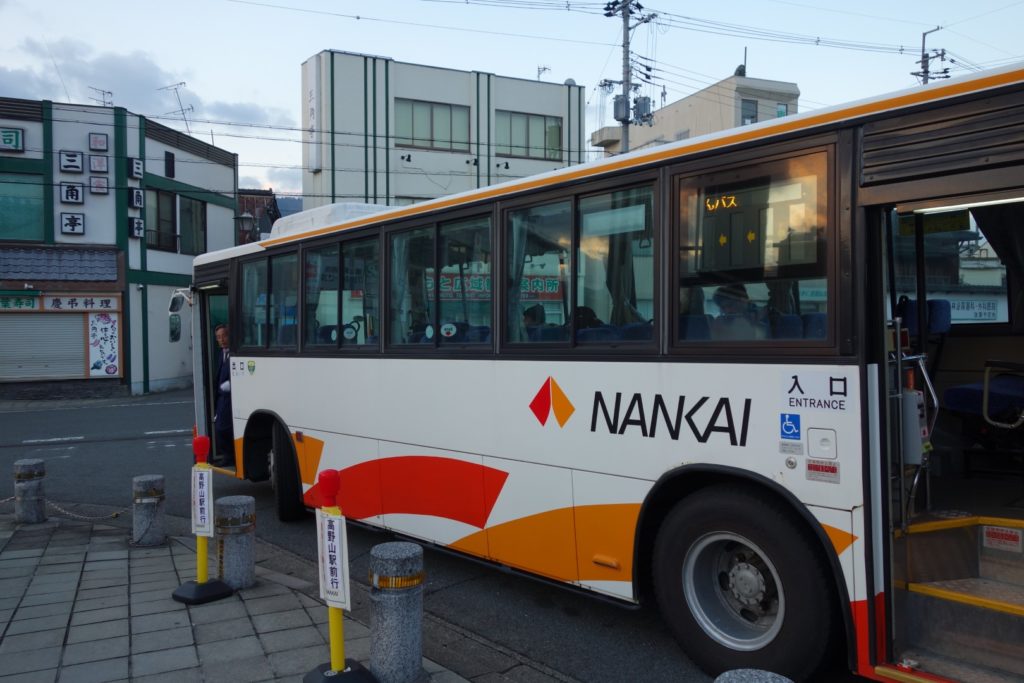
According to the information I heard last night, I could be in time for the substitute bus for the Koyasan cable car if I could arrive at the bus stop at 6:30, so I left the hotel early. In the end, the bus left a little before 7:00. From Hashimoto station, the bus went through the city for a while, then it started to go further into the mountains. As the bus approached Mt.Koya, I realized that it was indeed quite cold. Although the bus went through the town of Koya, it didn’t stop until Koyasan station, which was a bit far away from the center of the town… I arrived about 30 minutes later than I had expected to be at the station by train and cable car. From there, I took a local bus to the Ichi-no-hashi bridge which is the entrance to the inner sanctuary.

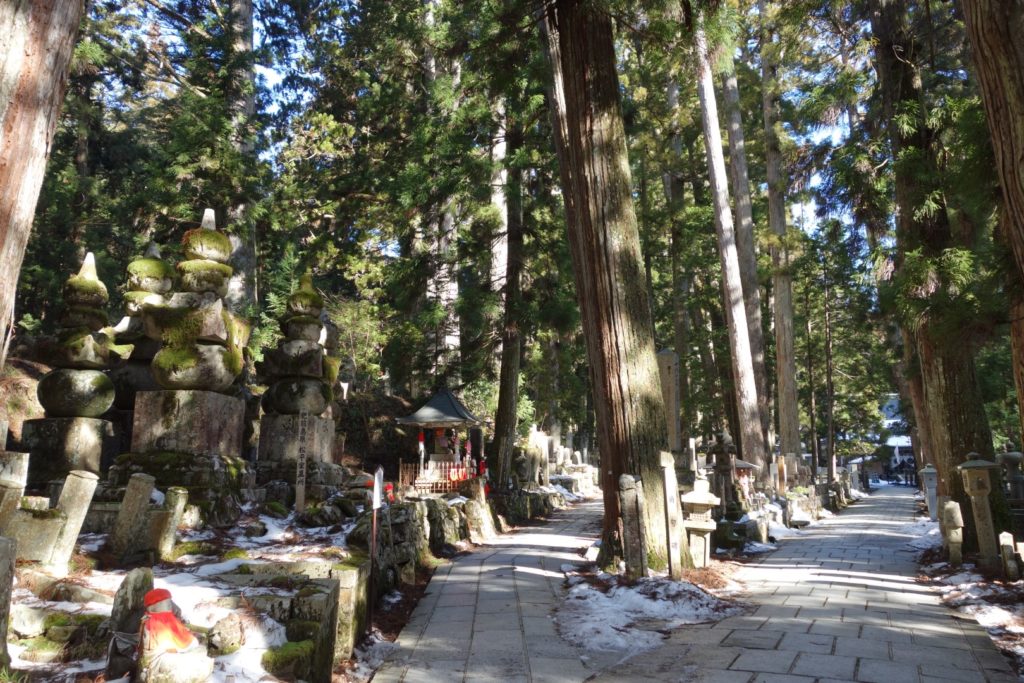
The entrance to the inner sanctuary, lined with large cedar trees, had a solemn atmosphere. Although I knew from the books that there were many tombs of military commanders of Sengoku period, the huge number of tombs and the solemn atmosphere overwhelmed me. It was good that I could come here at a time when there were only a few people.
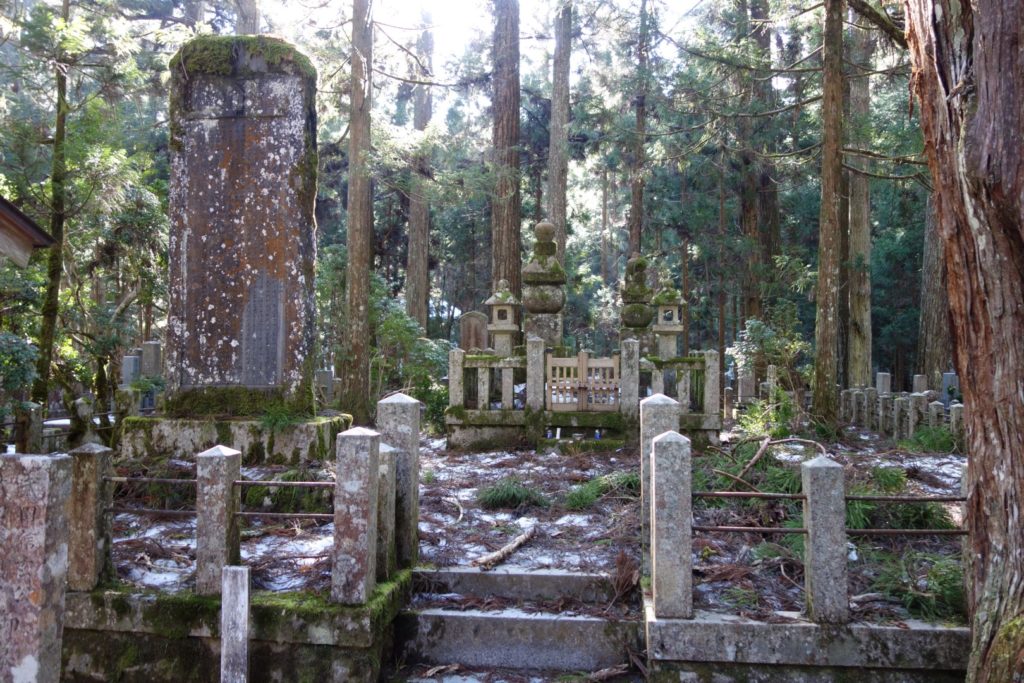
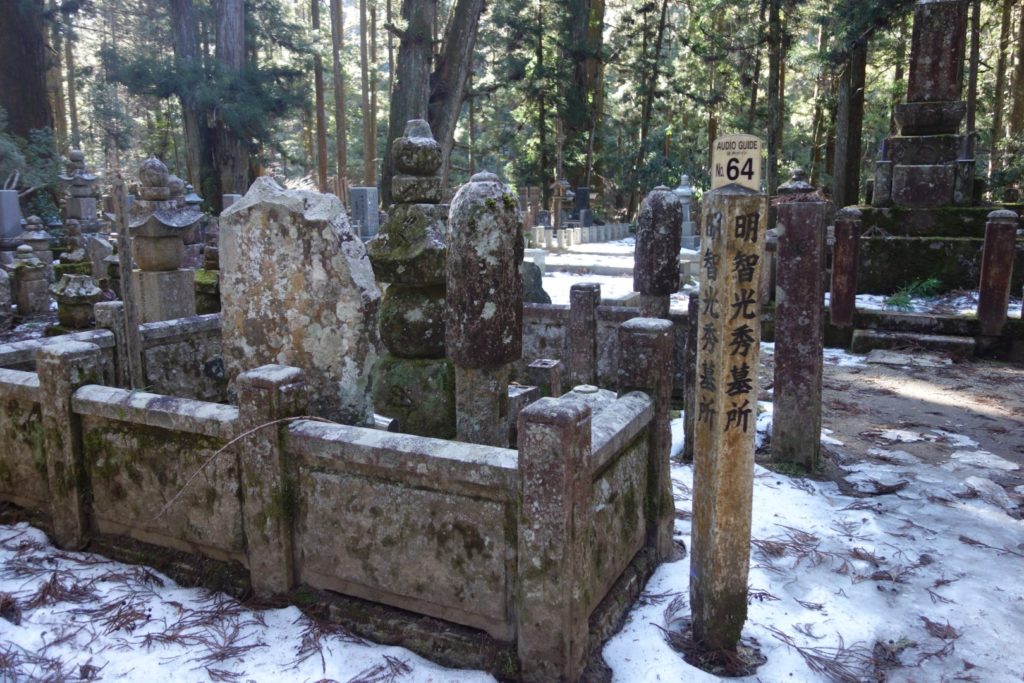
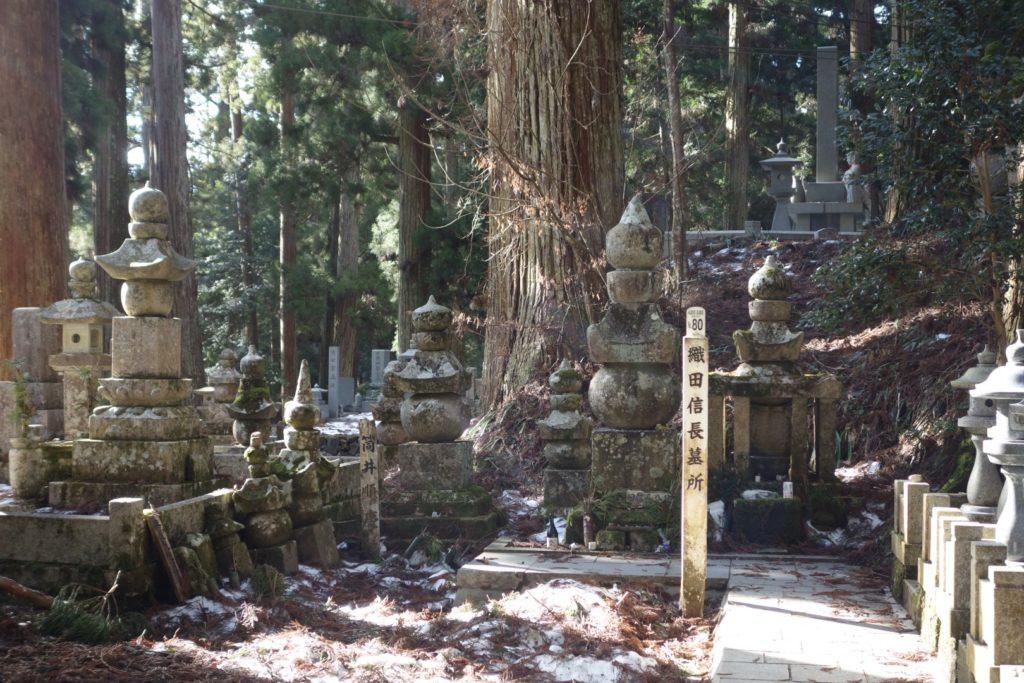
Since I had been to Shikoku, I was interested in the tombs of the Kono clan in Iyo, and also famous people such as Akechi Mitsuhide, Toyotomi Hideyoshi , Takeda Shingen, Takeda Katsuyori, and Oda Nobunaga. The interesting thing is that Oda Nobunaga’s grave is surprisingly small. The size and location of their graves do not really match with their activities and achievement that we know now.
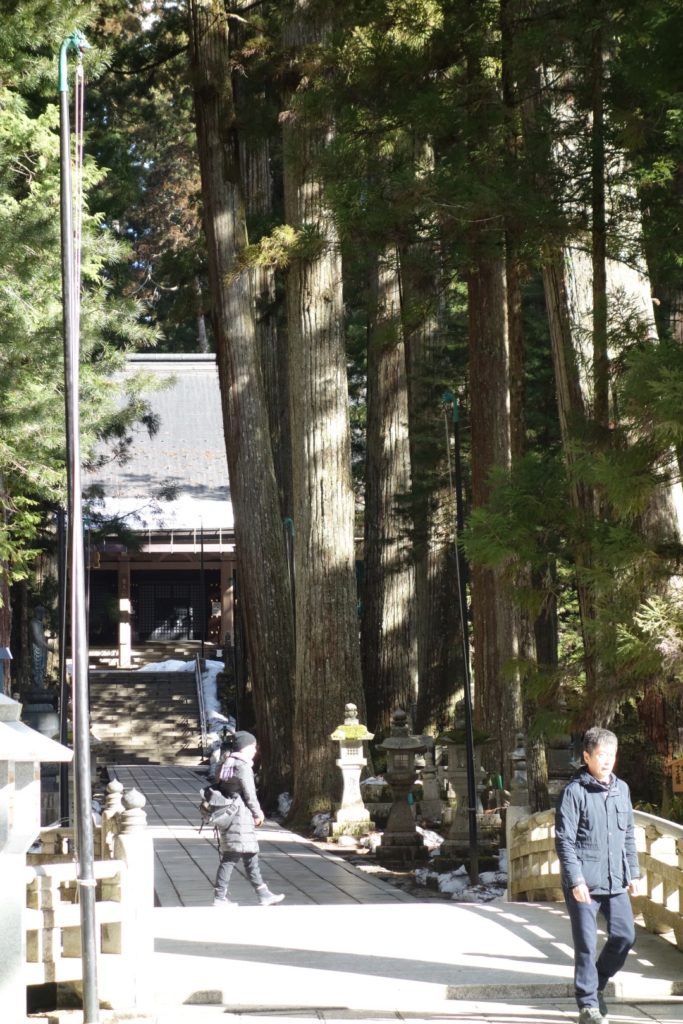
Beyond this Gobyo bridge is actual sanctuary, where Kobo-Daishi is said to still be alive, and photography is prohibited.
The building in front of Kobo-Daishi’s mausoleum, Toro-do, has many lanterns on the ceiling, which gave me a solemn feeling. At the mausoleum, I recited the last sutras and reported that I could complete the pilgrimage and thanked him for my safe journey.
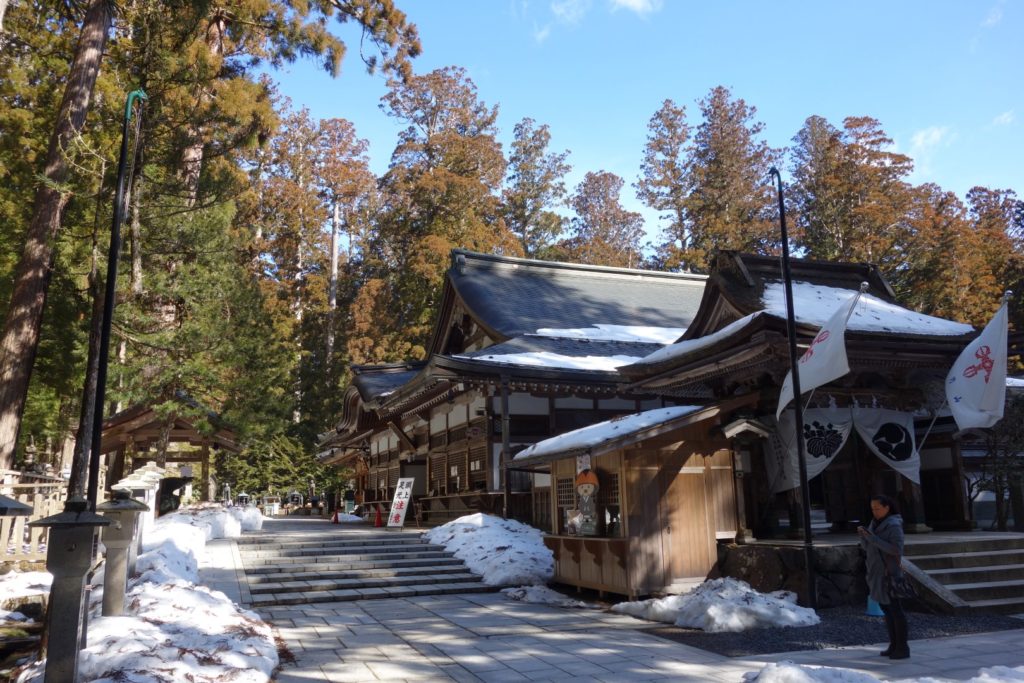
At the Nokyo-jyo, they said “Congratulations on your mangan (completion of the pilgrimage)”. My heart was indeed filled with joy and gratitude. Then, they asked me what I was going to do after that, so I told that I was thinking of stopping by No.1 Ryozen-ji to pay my respects before returning to Tokyo. They said “Kobo-Daishi lives here, so you can finish here, but you’re free to do so too, please take care!” Yes, the pilgrimage is for my sake and I can make my own decisions 🙂
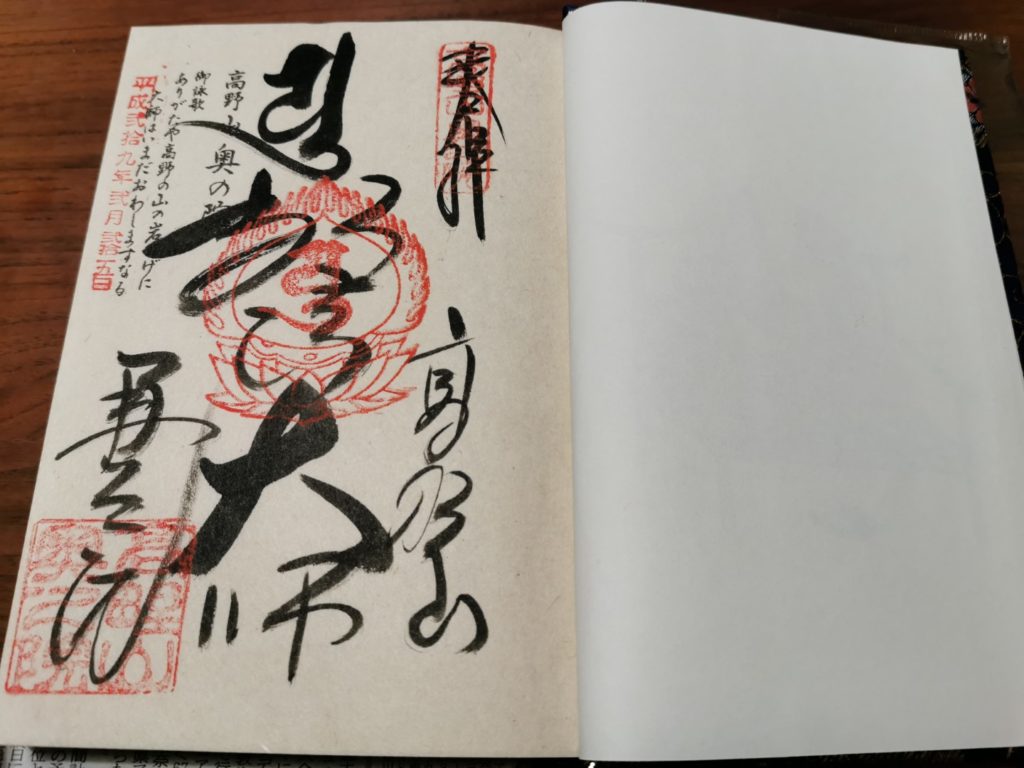
Returning from the mausoleum, I decided to go to the bus stop in front of the inner sanctuary instead of the ichi-no-hashi bridge. On the way there, there were some corporate graves, which were interesting, and somewhat like advertisement 🙂
I wanted to spend a little more time in the center of Koyasan, but this time I wanted to pay a visit to No.1 Ryozen-ji for Orei-mairi before the flight from Tokushima today, so I took the bus to go back to Shikoku.
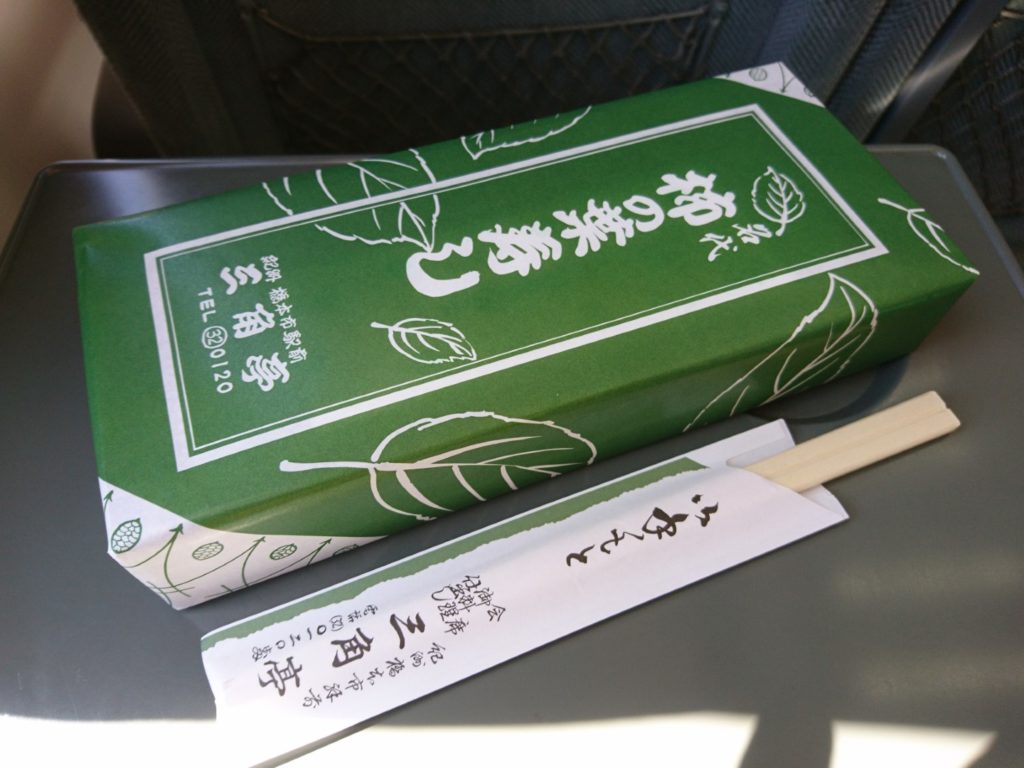
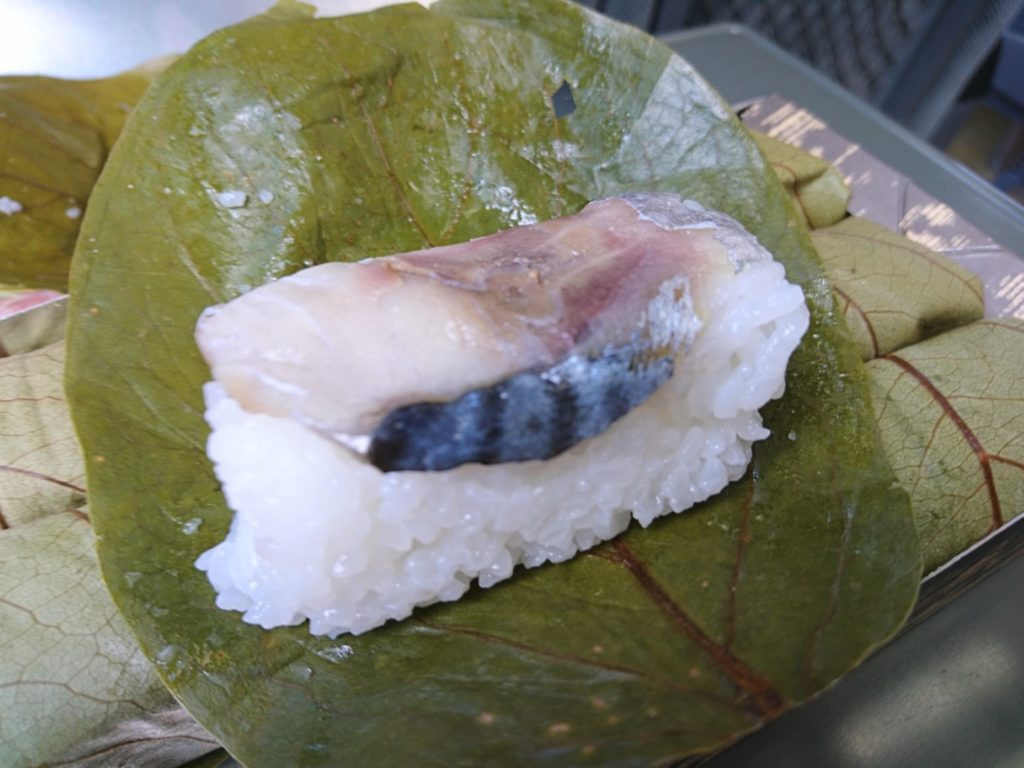
At Hashimoto Station, I went into Sankaku-tei to buy some Kakinoha-zushi for lunch, which I had seen when I took the bus in the morning. It was available for takeaway, and they kindly hurried to get it made in time for the express train to Osaka. When I ate it, I could feel the good smell of the persimmon leaves when they were torn off. It’s pressed sushi, but it’s rather fluffy, and the sweet vinegar rice and mackerel go well together. But 10 pieces was bit too much 🙂
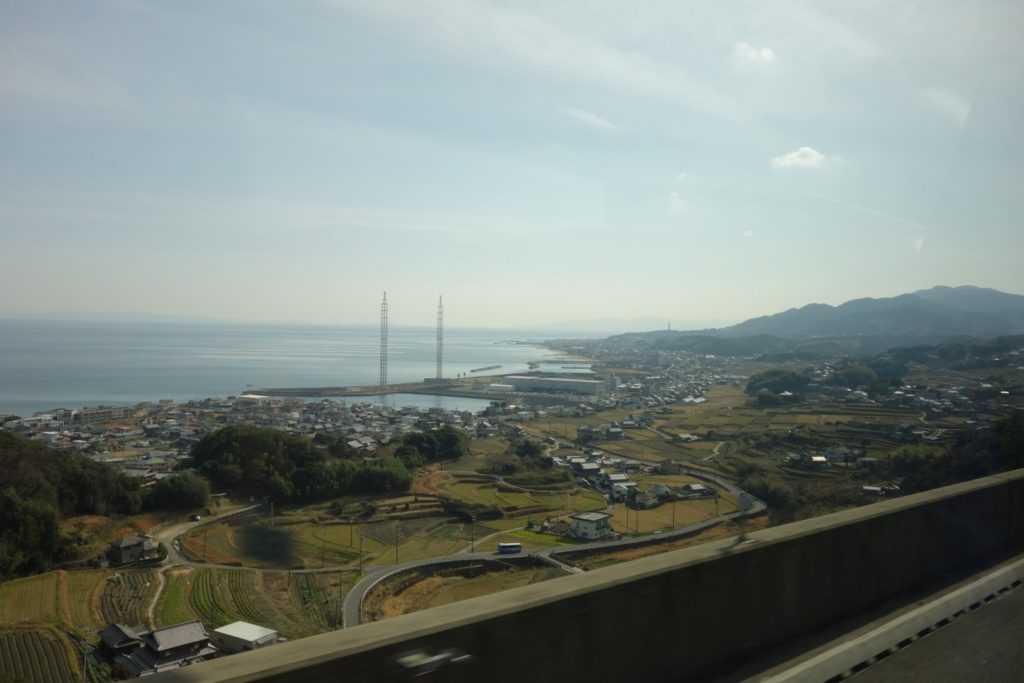
It’s the same route as the one I took yesterday, but the scenery on this bus is quite nice as it passes by the Osaka waterfront and Awaji Island.
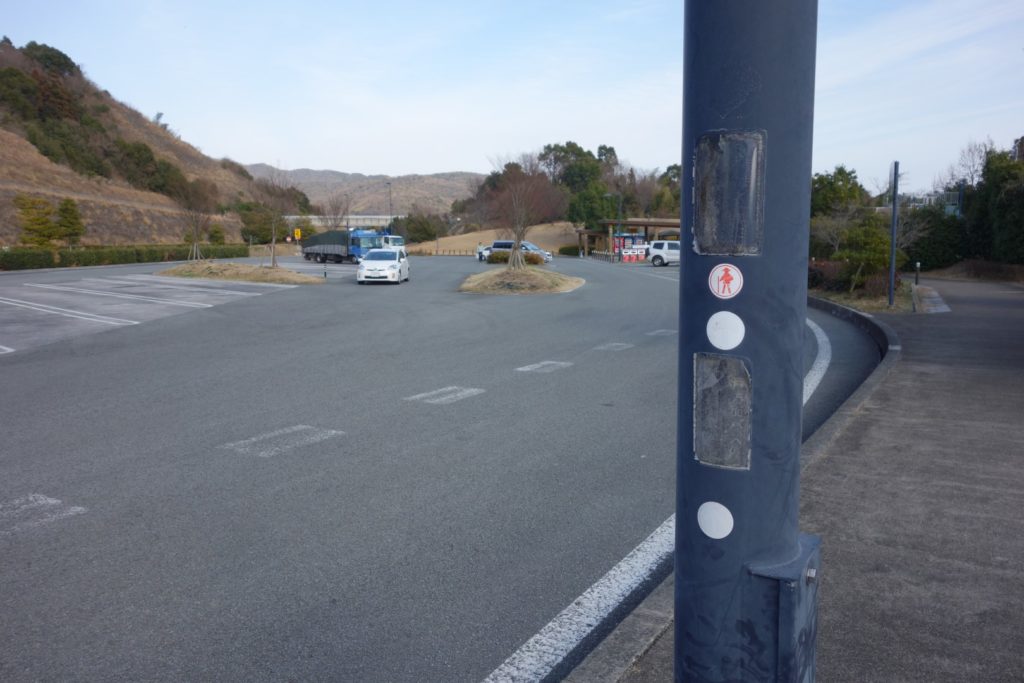
When I got off at Naruto-Nishi, there was a signpost for pilgrims. I’m sure there are people who start pilgrimage from here. After about 10 minutes of walking, I came to a familiar road on the way to No.2 Gokuraku-ji from No.1 Ryozen-ji. And after a while, I arrived at the main gate of No.1 Ryozen-ji.
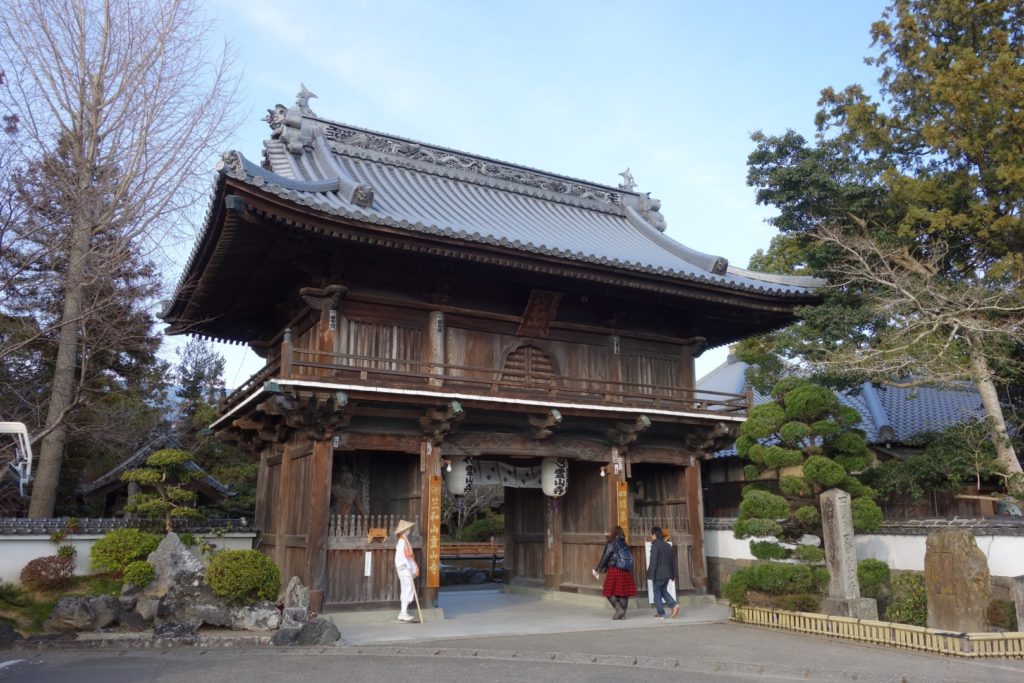
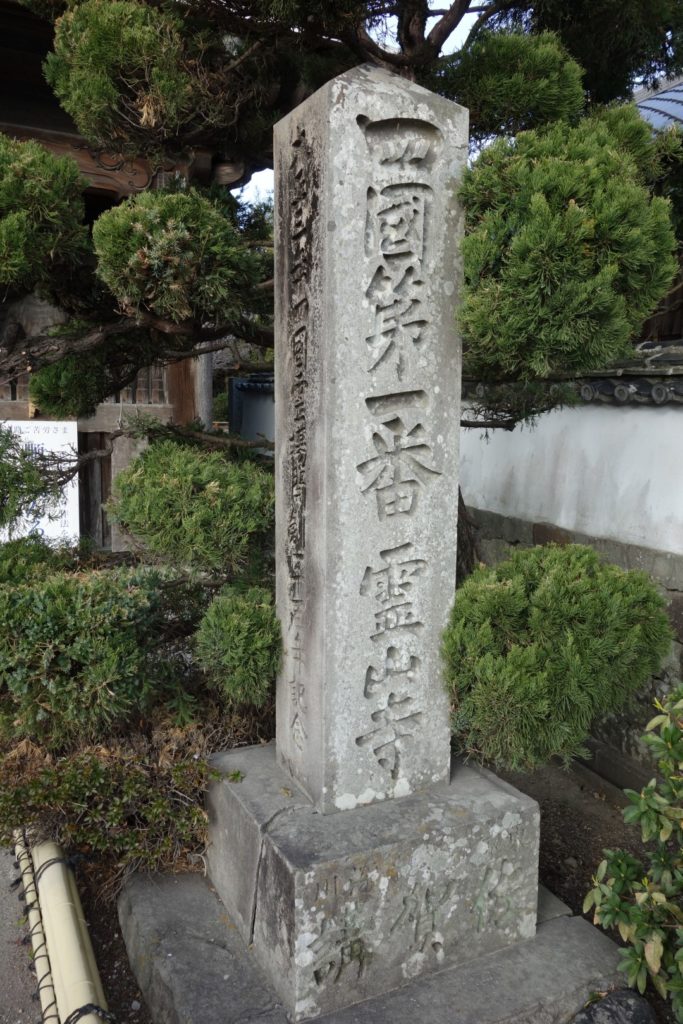
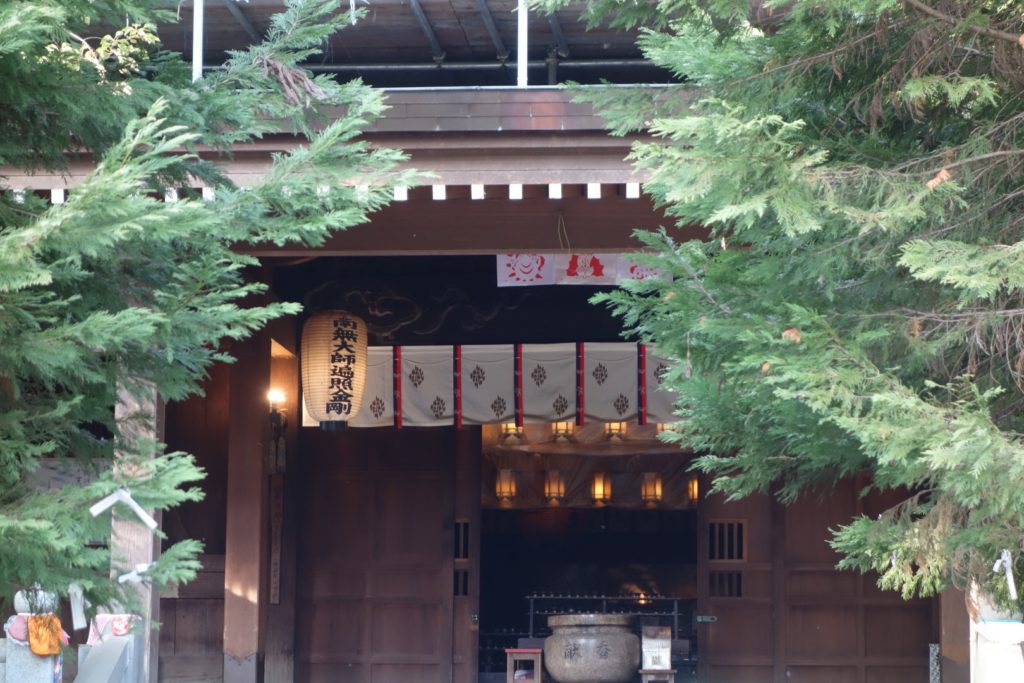
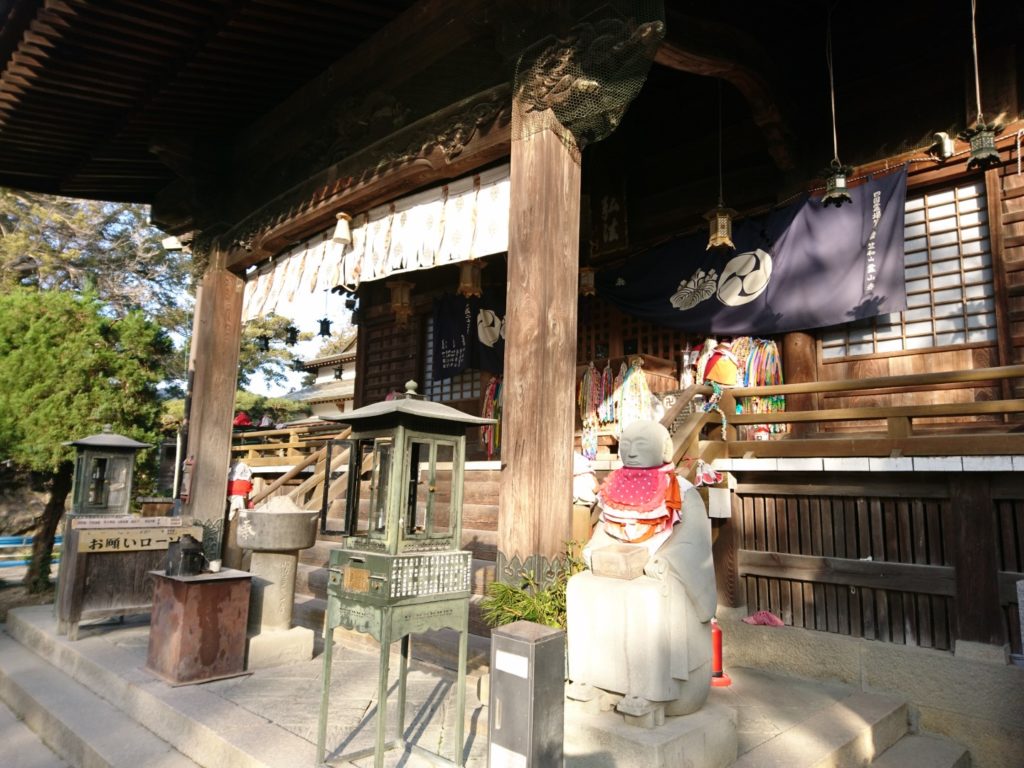
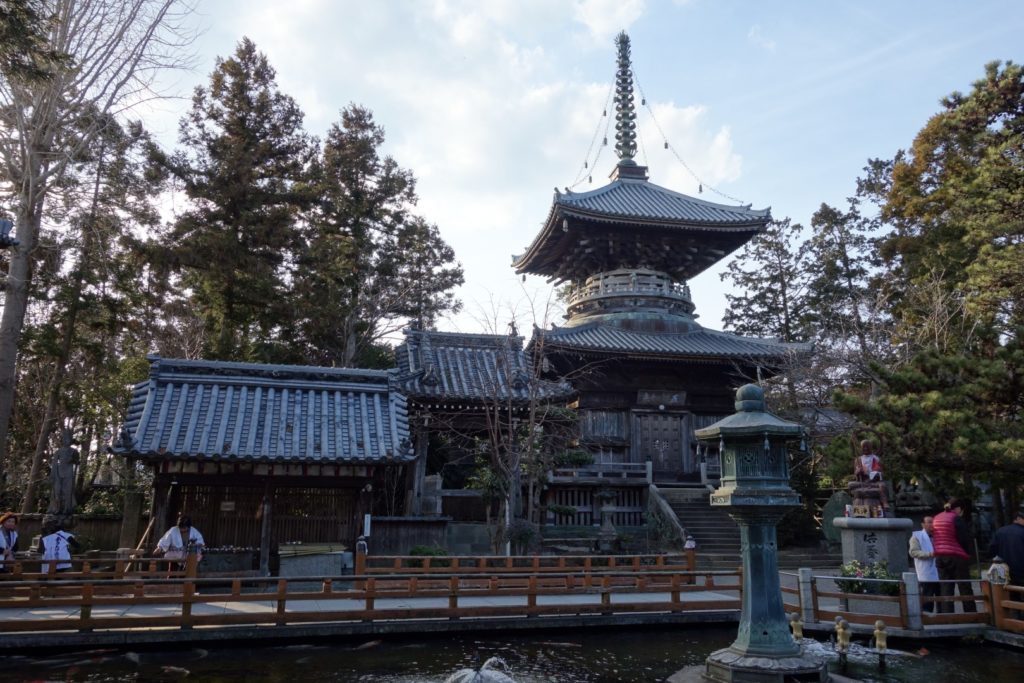
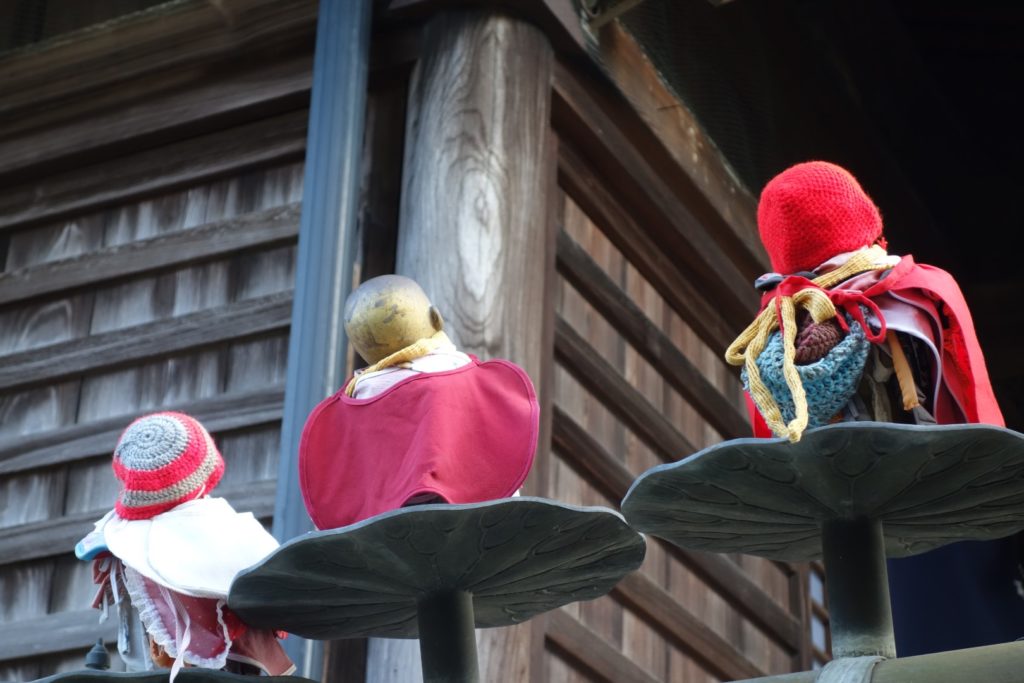
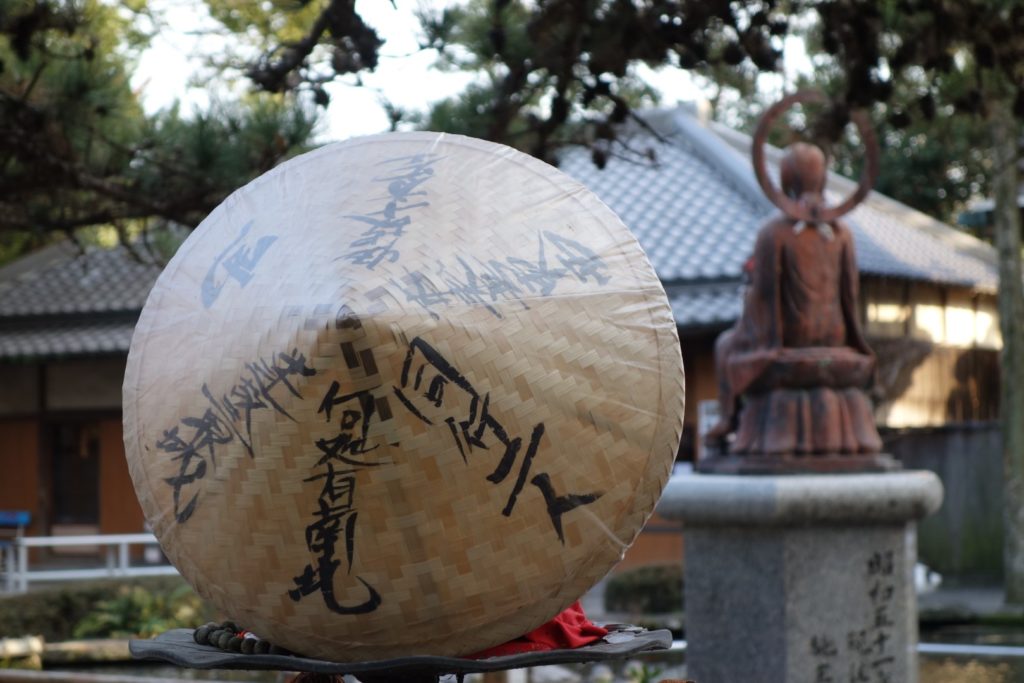
I thought I wouldn’t have to come, but I was glad to be able to pay my respects to the temple again. I remembered that I didn’t know what to do on day 1 and couldn’t even recite the sutra well because there were quite many people there and I was shy enough 🙂
After finishing worship, I took off my white pilgrimage vest and finally finished my pilgrimage without any regrets.
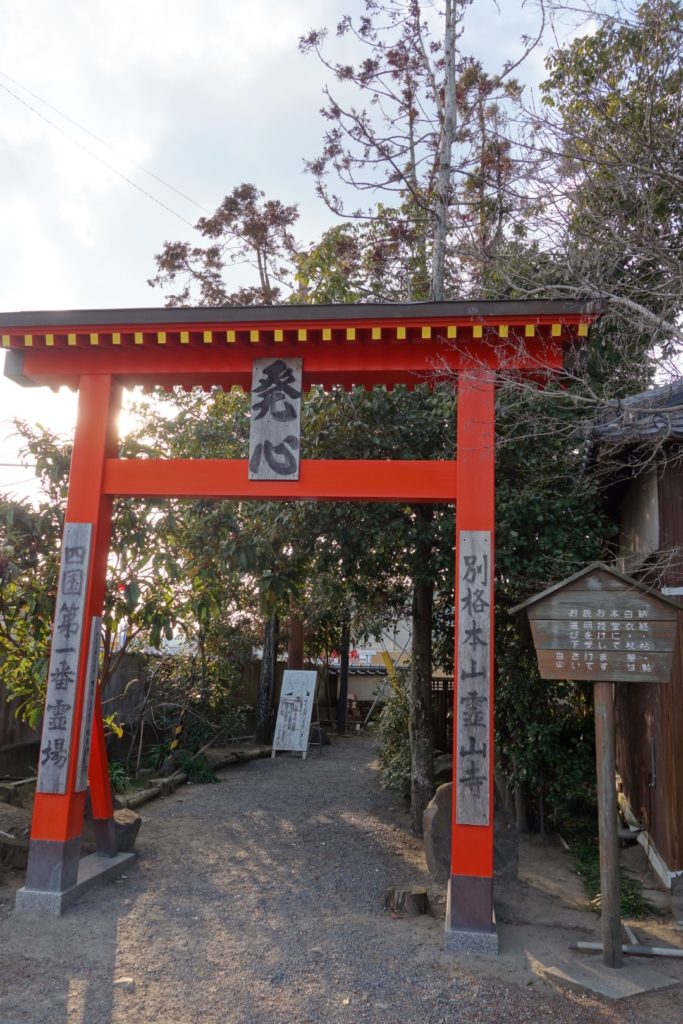
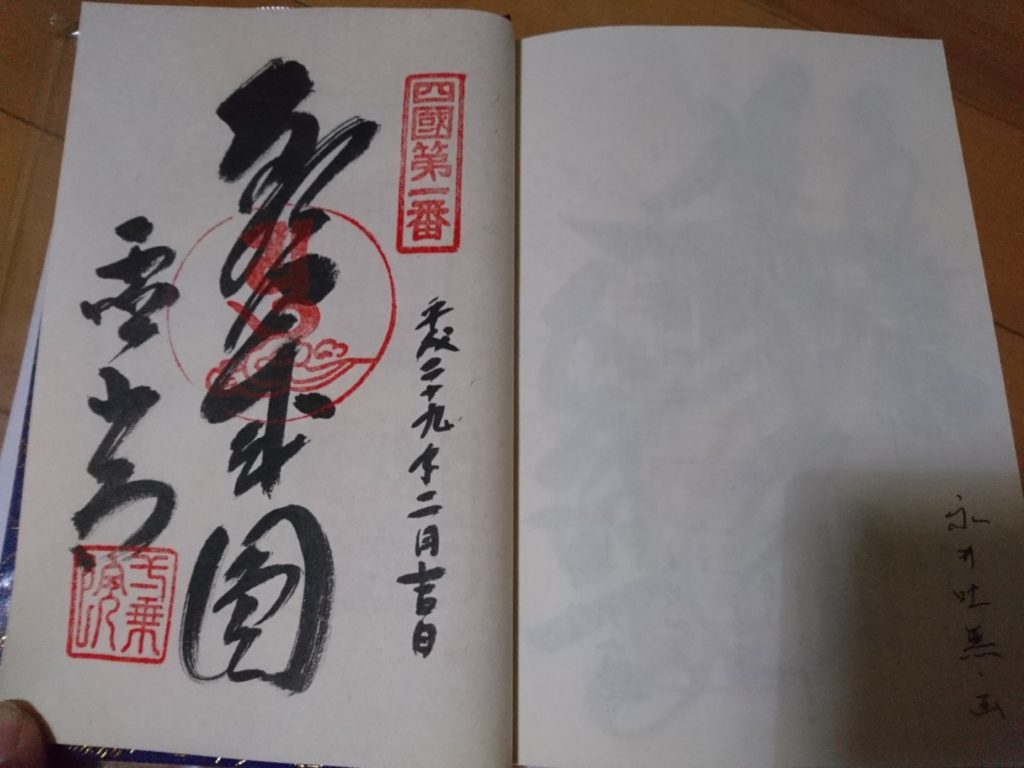
I met up with my friend, and had a delicious curry of Awa beef at Mothers, a restaurant in Naruto owned by his friend from high school. We talked about various things, especially how helpful he had been to me when I was walking in Tokushima. And finally, he kindly drove me to the Tokushima airport.
Yes, that’s it, thanks for reading and hope you’re now interested in Shikoku Henro Pilgrimage, and would visit Shikoku someday!
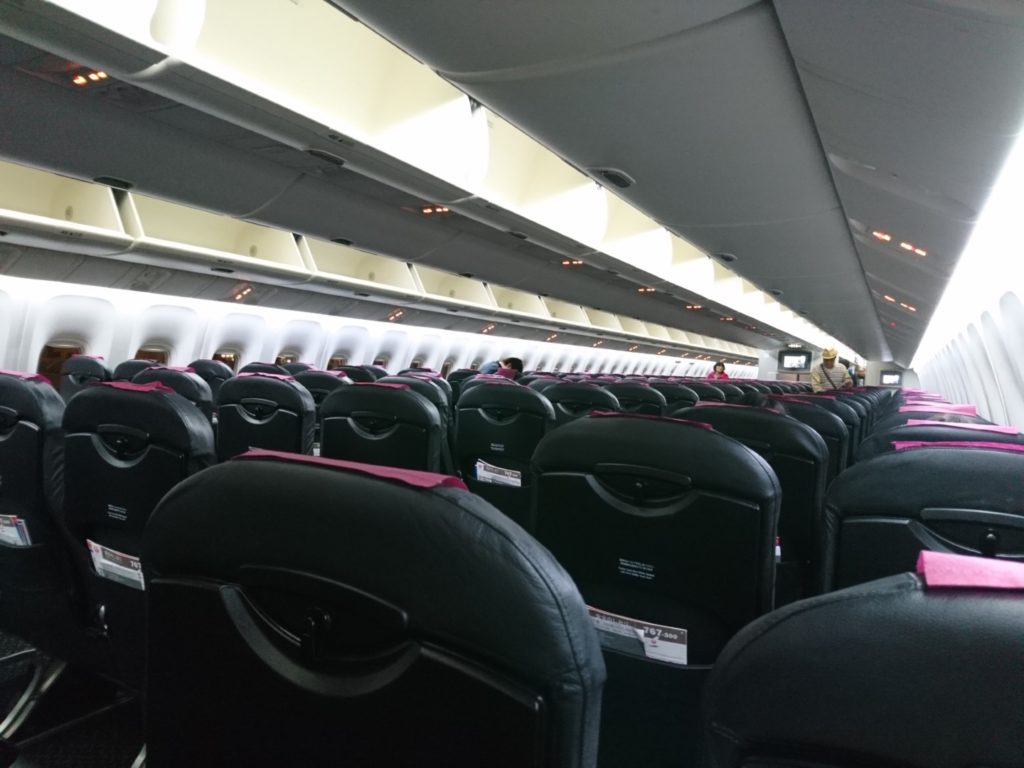
Recent Comments